Safety Regulations
Stringent safety regulations are shaping the Automotive Power Sliding Door Market, compelling manufacturers to enhance the safety features of their products. Regulatory bodies are increasingly focusing on ensuring that vehicles meet specific safety standards, which includes the functionality of sliding doors. This has led to the development of features such as anti-pinch technology and improved locking mechanisms. As a result, manufacturers are investing in research and development to comply with these regulations, which is likely to drive market growth. The emphasis on safety not only protects consumers but also enhances the overall appeal of vehicles equipped with power sliding doors, potentially increasing their market share.
Technological Integration
The integration of advanced technologies in the Automotive Power Sliding Door Market is a key driver of growth. Innovations such as sensor-based systems, remote control functionalities, and automated opening mechanisms enhance user convenience and safety. As manufacturers increasingly adopt these technologies, the market is projected to witness a compound annual growth rate of approximately 6% over the next five years. This trend indicates a shift towards more sophisticated vehicle features, appealing to tech-savvy consumers. Furthermore, the incorporation of smart technologies aligns with the broader automotive industry's move towards automation and connectivity, suggesting that the demand for power sliding doors will continue to rise as vehicles become more advanced.
Environmental Considerations
Environmental considerations are increasingly influencing the Automotive Power Sliding Door Market. As consumers become more environmentally conscious, there is a growing demand for vehicles that are not only efficient but also sustainable. Manufacturers are responding by developing power sliding doors that utilize lightweight materials and energy-efficient mechanisms. This shift towards sustainability is likely to enhance the appeal of vehicles equipped with such features, as they align with the broader trend of reducing carbon footprints. Furthermore, the automotive industry is under pressure to meet emissions regulations, which may drive innovation in the design and functionality of power sliding doors, potentially leading to increased market penetration.
Urbanization and Space Constraints
Urbanization is a significant driver influencing the Automotive Power Sliding Door Market. As urban areas become more densely populated, the demand for vehicles that can efficiently navigate tight spaces is increasing. Power sliding doors offer a practical solution, allowing for easier access in confined parking situations. This trend is particularly evident in the growing popularity of SUVs and minivans, which often feature power sliding doors to accommodate families and urban dwellers. The market is expected to expand as more consumers seek vehicles that provide convenience without sacrificing space. This shift in consumer behavior indicates a potential increase in the adoption of power sliding doors in various vehicle segments.
Consumer Demand for Luxury Features
The rising consumer demand for luxury features in vehicles is a notable driver of the Automotive Power Sliding Door Market. As disposable incomes increase, consumers are more inclined to invest in vehicles that offer enhanced comfort and convenience. Power sliding doors are often associated with premium vehicles, and their inclusion can significantly elevate a vehicle's perceived value. Market analysis suggests that the luxury vehicle segment is expected to grow, with power sliding doors becoming a standard feature in many high-end models. This trend indicates that manufacturers may prioritize the integration of such features to attract discerning customers, thereby driving market growth.


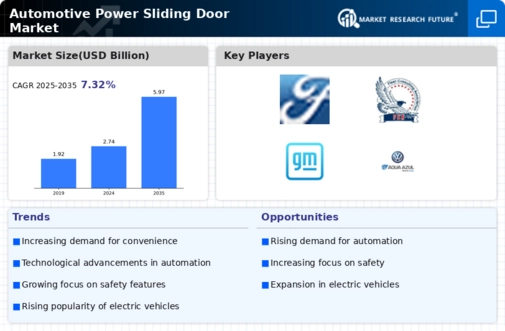

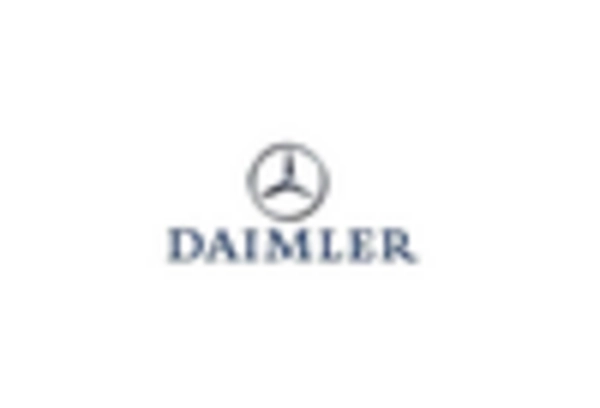

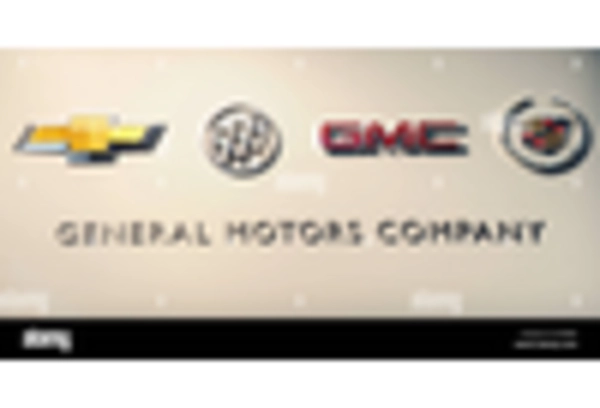
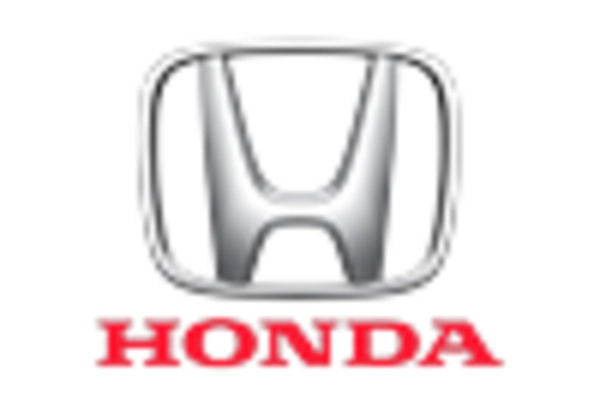
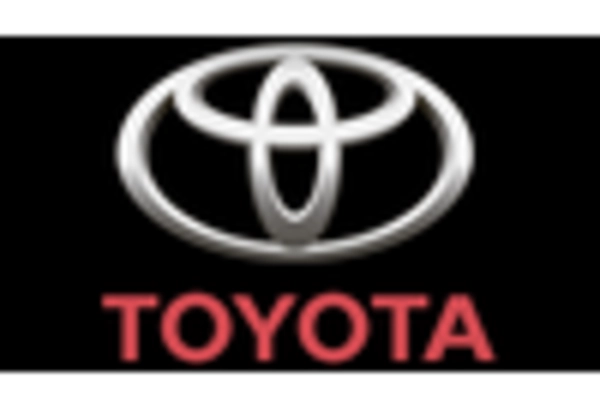
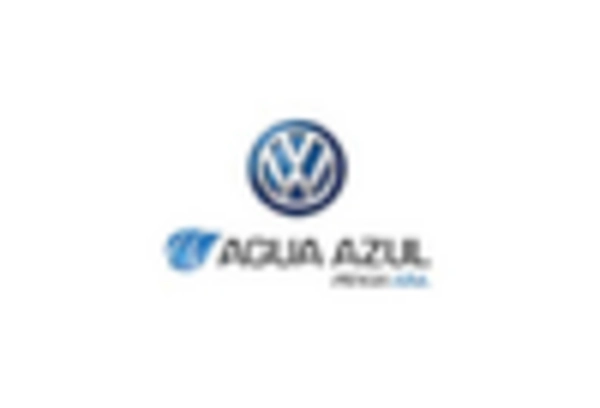








Leave a Comment